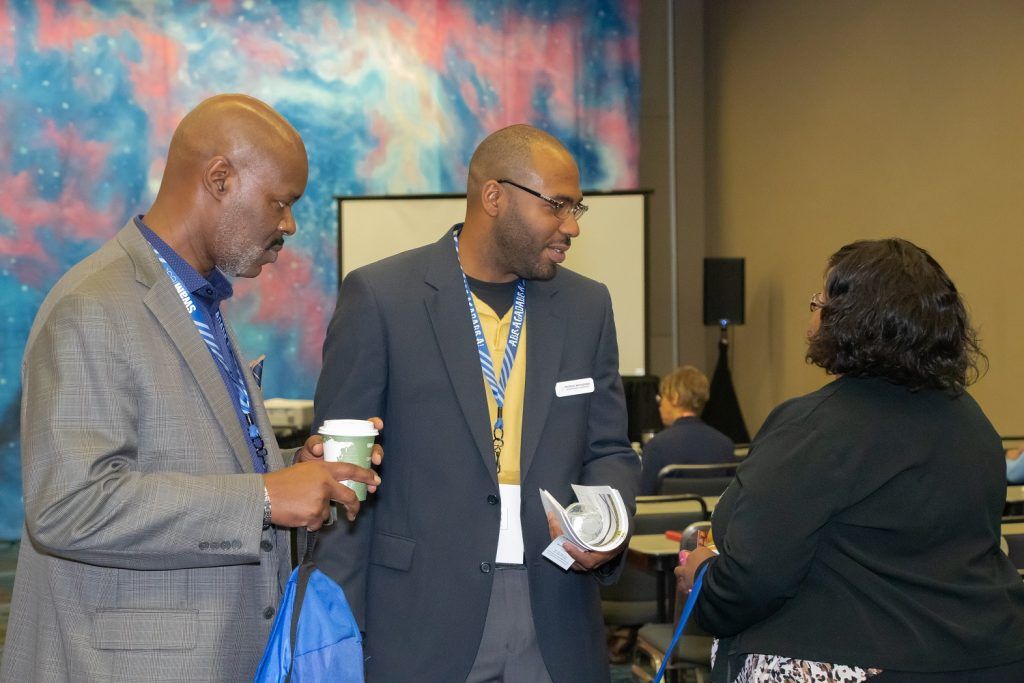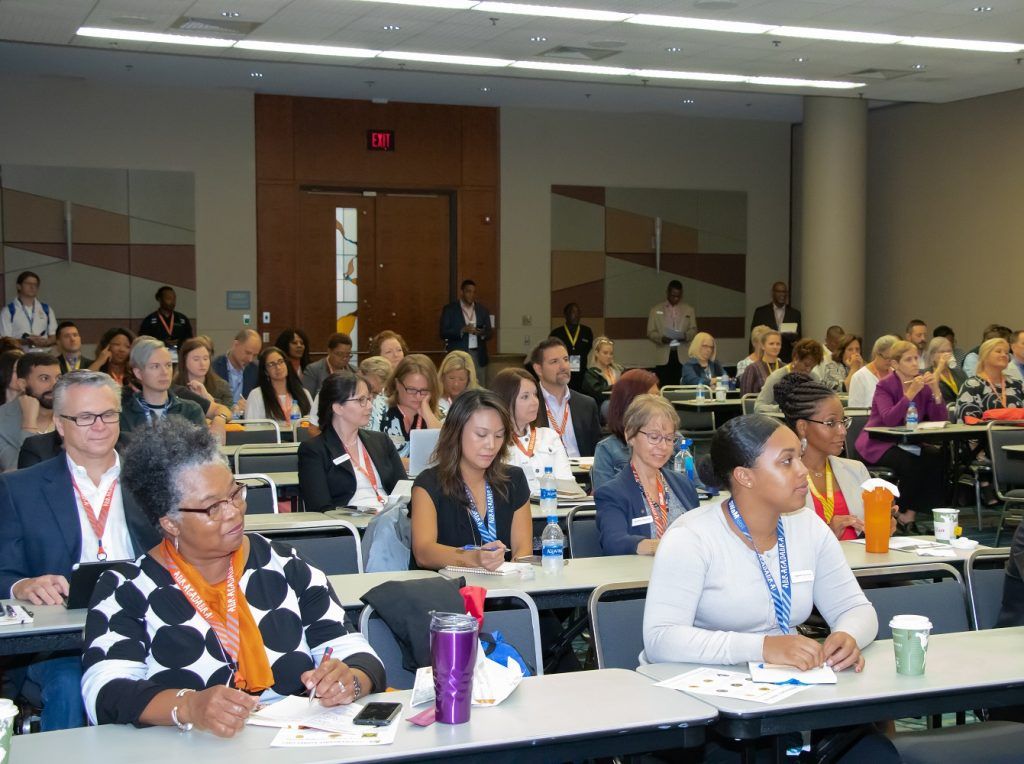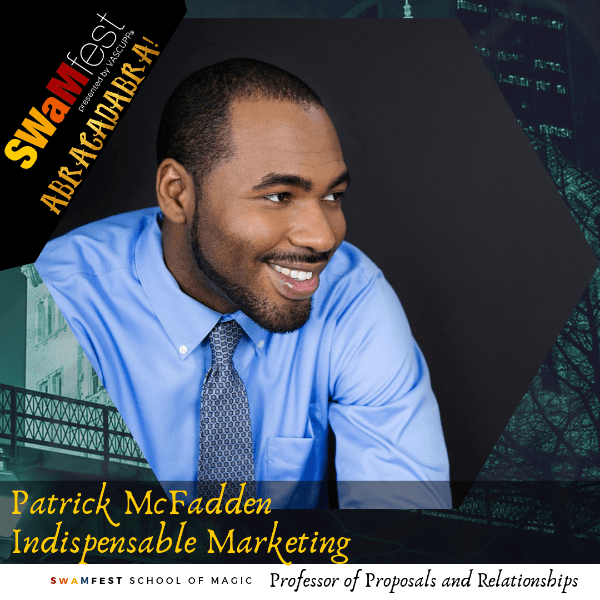Top Government Marketing Tips and Highlights From 2019 SWaMfest
Well, folks the 2019 SWaMfest presented by VASCUPP has concluded, and as you might imagine, I was connecting, speaking, exhibiting, educating, and prospecting here at the event.
Here are my top tips and highlights:
Investing in relationships matter more than establishing relationships.

One way for a government contractor to invest in a relationship is to go through the pre-qualification process that most prime contractors have. This will increase your visibility and give you an opportunity to have deeper discussions.
Make a business case first, not a socio-economic certification.
Today you must prove your value, make a business case for why a prime contractor should team with you, or why an influencer should get you involved in a solicitation. Too many small government contractors rely upon socio-economic certifications and generic statements of ability instead of developing business cases related to the services and products they offer.
Proactive planning that leads to a proactive marketing calendar is where success is found.

So many small government contractors go out and market and sell kind of backwards. They are reactive instead of proactive, but when you have limited time, money, attention and energy, you need to prioritize. This prioritization should include a decision-maker touch scheduled for at least once a month; with a range of activities including in-person meetings, attending conferences and matchmaking sessions, sending emails, and making phone calls. All of these touches should be targeted to specific people involved in upcoming projects, including small business officers, contracting officers, program managers and end users.
Know who can tell you what.

The Procurement Office can tell you what they are buying right now. But the government departments and offices are the ones that can tell you what they will be buying in the future. So find the offices that buy your stuff.
You will never eliminate risk but you must find and develop ways to limit and manage it.

Those procuring and buying services in the government space heavily focus on risk. Doing business with a new vendor has a certain risk associated with it than doing business with an existing vendor. This means you need a very tangible way prospects can experience your products and services. Ways to limit risk can be achieved through demos, process documentation, audits, trial offers, samples, case studies, in-action videos, assessments, proposals and is such an essential element for winning a contract.
Know the difference between a Bid vs RFP.

Bids are typically quick and focused heavily on pricing. Example: Nails, hammers, and chairs. RFPs typically involve the end-product being unique, thus, price isn’t the only deciding factor. Past performance and experience will be heavily weighed. This allows you to offer different methods, solutions, and price points for the buyer to evaluate.
Navigating through the government contracting process can be a huge undertaking. Don’t let the amount of requirements dilute your positioning and messaging or distract you from creating a process approach to marketing up front. Creating your business to government (b2g) marketing plan and following the above tips will save you time and resources as you move further in the government contracting process.






